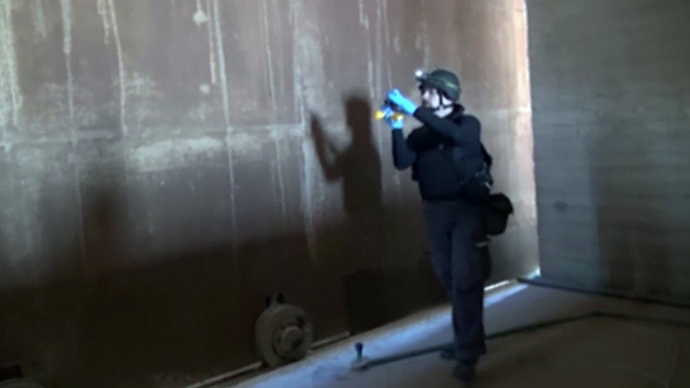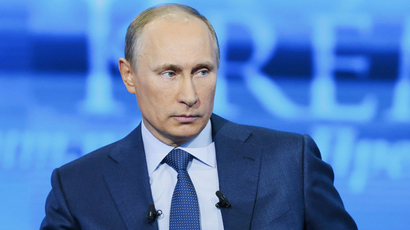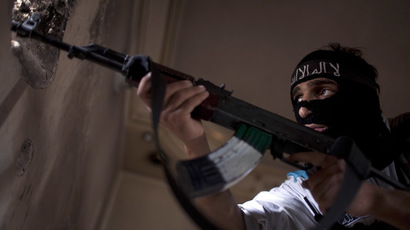Chemical weapons watchdog verifies 11 sites in Syria

The joint mission of UN international experts and the Organization for the Prohibition of Chemical Weapons (OPCW) team have conducted inspections at 11 chemical weapons facilities in Syria, said the OPCW in a press release.
Chemical weapons have been successfully eliminated at six of the
eleven sites submitted by the Syrian government, said the OPCW.
The weapons included a batch of ammunition with poisonous agents
belonging to category three - defused ammunition.
UN inspectors and the OPCW team are currently working in Syria,
investigating over 20 sites where chemical weapons have been used
during the country’s ongoing civil war.
The main group of the mission, consisting of up to 100 people,
will start their work on November 1, said UN General Secretary
Ban Ki-moon.
At the beginning of October, Damascus began destroying the first
chemical weapons which, according to the deal brokered by the US
and Russia during the Geneva talks in September, have to be fully
eliminated by June 30, 2014.
Last week, the inspectors had only managed to visited two sites, destroying missile warheads, aerial bombs, and chemical mixing equipment. The experts supervised Syrian personnel at the chemical weapons facilities who "used cutting torches and angle grinders" to ensure destruction of the weapons.
On Monday Syria officially became an OPCW member, the organization that won the Nobel Peace Prize in early October for attempting to oversee the destruction of Syria’s chemical weapons.
Meanwhile the OPCW said that the cooperation between UN and OPCW
experts has been "excellent and the morale of the joint
mission teams remains high."
Damascus is expected to submit its 1,000 tons of chemicals to the organization responsible for the destruction of stockpiles by October 27, a month after the Security Council Resolution. Following that, the OPCW is to detail a plan with a timetable for the elimination process by November 15.
Russia has proposed building a furnace for burning the chemicals.
However, this plan is rather controversial amid ongoing military
actions. OPCW, Washington and Moscow representatives are still
working on the destruction plan.
The UN-OPCW mission was launched after threats made by the US and its allies to launch military action on Syria, following the August 21 attack in Damascus's eastern Ghouta suburbs.
The deadly attack killed anywhere from dozens to 1,300 people
according to different reports. UN experts have said that sarin,
a toxic nerve gas, was used “on a large scale.”
Western powers accused government forces of carrying out the
deadly attack, basing their conclusions on the warheads’
technical characteristics that were described by UN experts.
However, Damascus has claimed that the UN experts ignored
previous evidence passed to them confidentially.
Russia believes that the August 21 attack was a provocation by the rebels to trigger a foreign military invasion. Meanwhile, Moscow has been urging all sides of the Syrian conflict –President Bashar Assad and the opposition - to hold talks at the so-called “Geneva-2” peace conference.
Moscow and Washington have called on to set a date for the talks
as soon as possible, however on Sunday the Syrian National
Council, a major opposition group, announced it would not
participate in the negotiations. The opposition demands Assad’s
departure as a precondition for a peace conference.














